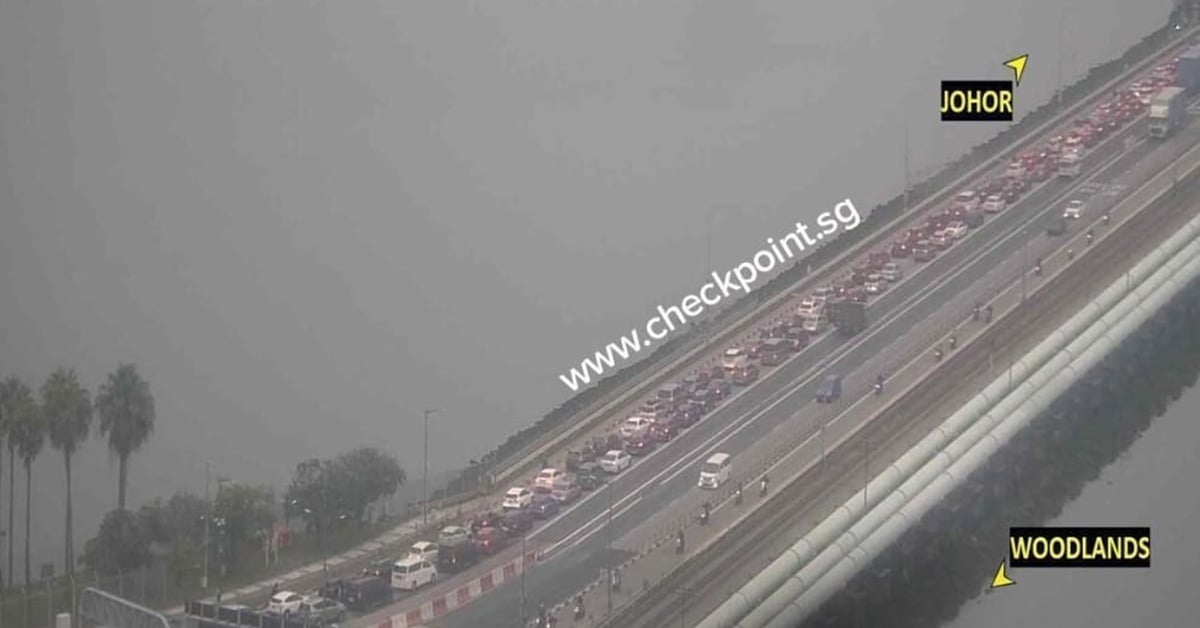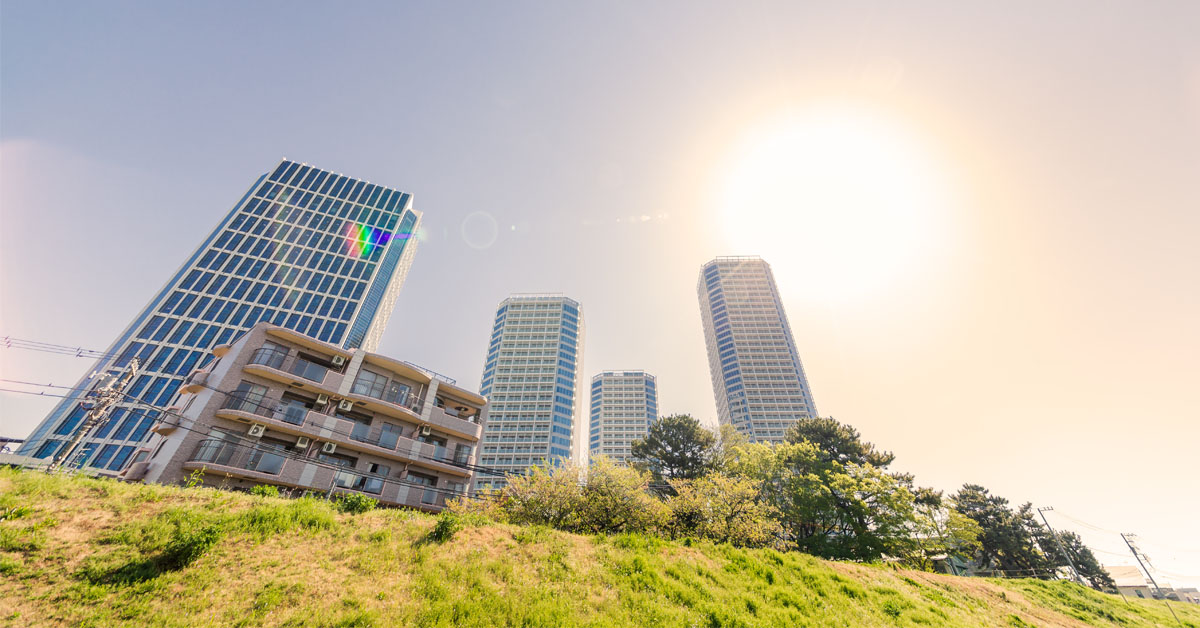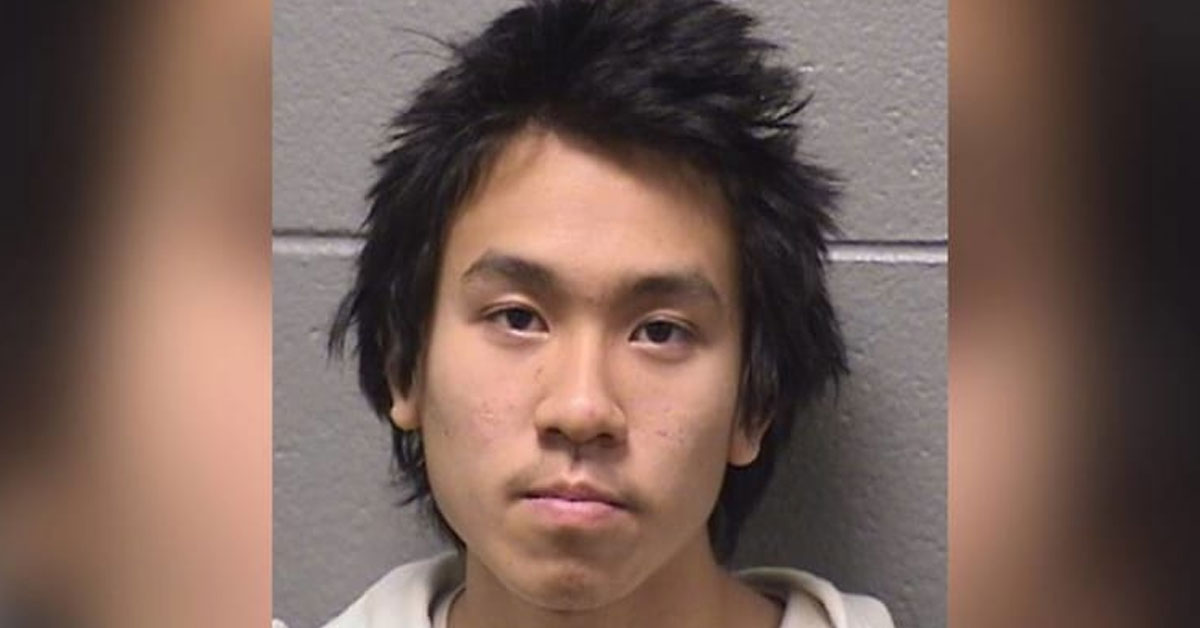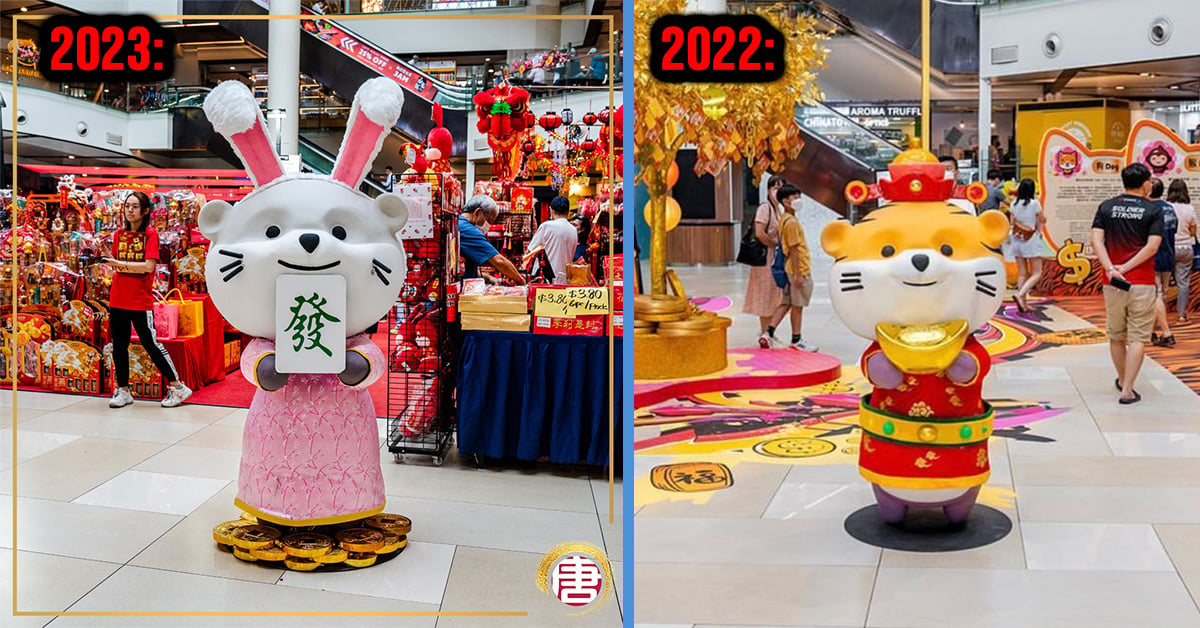If you’ve ever used the Causeway to travel to Johor, you would know how crowded it can get.
Some Malaysians alleged that Singapore is the cause of heavy congestion at the land checkpoints.
The Immigration and Checkpoints Authority (ICA) has responded to the comments.
ICA’s Response
While the ICA did not say who made the comments, its statement notably comes after Malaysia’s Prime Minister Anwar Ibrahim’s remarks on 13 September.
He said Malaysia has done its best to ease traffic congestion at the Johor Causeway.
Speaking to reporters on the sidelines of the Milken Institute Asia Summit in Singapore, he added that it is now up to Singapore to reciprocate Malaysia’s efforts and address the problem.
In its statement on 29 September, ICA noted that it implements additional measures to ease crowding and manage traffic flow on days with heavier congestion.
Such days include long weekends and holiday seasons.
ICA said it cleared over 1,700,000 passengers through the Woodlands and Tuas checkpoints during the long weekend from 31 August to 4 September this year.
If you didn’t know, that is a record.
The agency said it moved officers to other clearance zones to increase the manpower at departure carzones.
It also converted the departure cargo clearance zone at Woodlands Checkpoint to clear cars instead.
Furthermore, it converted automated arrival lanes at the bus hall to clear departing travellers.
The agency also worked with partners to increase the frequency of cross-border public buses.
Polling Day Long Weekend
Besides polling, another thing Singaporeans rushed to do that weekend was to get out of Singapore.
On 1 September, the jam to Johor Bahru lasted over nine hours.
The ICA noted that over that long weekend, there was a severe tailback of traffic from not just one checkpoint but both checkpoints.
It added that on 1 September, the tailback of cars from Malaysia at the Causeway began at 9 am.
The tailback only subsided at 11.30 pm.
Over at Second Link, the jam began at 1 pm and eased at 7 pm.
It said, “Cars could not clear Malaysia’s checkpoints fast enough, thus preventing cars that had been cleared at Singapore’s checkpoints from moving on towards Malaysia.
“This affected the waiting time and clearance on the Singapore side.”
ICA: Balance Between Security and Movement
ICA emphasised the importance of balancing the need to secure Singapore’s border while facilitating movement efficiently.
Noting that congestion is indeed heavier on Singapore’s side on some days, the agency said, “On social media, travellers have commented about the faster clearance on the Malaysian side, and observed that this is due to the different levels of checks at the respective checkpoints.”
It added that border security is crucial as it can prevent the entry of smuggled, illegal or undesired persons and goods.
It said that thorough checks are done using technology based on risk assessment.
For instance, multi-modal biometric scanning technology at the bus halls and motorcycle lanes at Singapore’s checkpoints can detect foreigners with impersonated personalities.
Furthermore, ICA officers conduct face-to-face checks at the car counters to ensure that travellers are the rightful holders of the travel documents presented.
It added, “Our officers have to be vigilant against attempts to smuggle contraband and prohibited items.”
Travellers who seem suspicious will be subjected to additional checks.
For example, they may be subjected to boot checks or security questioning.
Initiatives to Improve Clearance
It isn’t easy to balance between the people’s wants and the country’s needs.
Fortunately, ICA has initiatives to improve clearance for cars, buses, motorcycles and cargo.
These initiatives were outlined in the agency’s statement.
One initiative includes putting 74 more automated lanes across both land checkpoints.
Titled the Automated Clearance Initiative, first-time foreigners visiting Singapore could clear immigration through these lanes from January 2023.
This has improved efficiency, with ICA planning to add more automated lanes.
The lanes will be rolled out progressively from 2024 with a new Automated Border Clearance System.
The system aims to speed up the immigration clearance progress further by allowing Singapore residents and departing visitors (including Malaysians) to verify their identity using biometrics rather than passport scanning.
Woah, technology.
The ICA also highlighted some initiatives for buses.
It said that public buses have dedicated immigration clearance lanes.
This prevents them from being blocked by private buses at the Woodlands Checkpoint.
Furthermore, car zones are converted to clear motorcycles during peak periods to reduce queues.
From the introduction of paperless clearance of conventional cargo at the cargo checkpoints in March, the time needed for cargo permit clearance for every vehicle has been reduced from seven to five minutes.
Future Improvements
The ICA also mentioned future improvements that are in the works.
From early 2024, travellers in the same car can be cleared in one go.
All they have to do is scan a single QR code.
From 2026, the Tuas Checkpoint will adopt automated car clearance lanes.
This will allow car travellers to conduct self-clearance with little help from officers.
The system will also be implemented by 2028 at the redeveloped Woodlands Checkpoint.
QR codes are so handy that the ICA said it is looking into extending the QR code scanning system to the automated motorcycle lanes.
It concluded, “ICA will continue to study ways to enhance traveller’s experience and facilitate the movement of people and goods through our checkpoints, but we cannot compromise security for speed.
“We will continue to work closely with our Malaysian counterparts to improve traffic conditions.”
On 13 September, Mr Anwar said that Malaysia has “done its maximum” to ease traffic congestion at the Johor causeway, urging Singapore to do its part to help the problem.
Mr Anwar also commended the Malaysian Immigration Department, customs Department and other agencies for handling the issue.
He said, “The agencies have been supportive, and we see a major change.
“I was there (Johor Bahru) a few weeks ago, and now Singapore needs to do its best to ease the traffic.”
Unless you have been living under a rock, you are probably aware of the infamous causeway jams.
There’s always some hoo-ha involving traffic congestion at the Causeway during the long weekends.
Before polling day, another nightmare period to travel to Johor Bahru was during the Vesak Day weekend.
250,000 travellers departed Singapore on 1 June.
It reportedly took 4.5 hours to enter Johor Bahru by car.
Technically, it only takes five minutes to drive across the stretch on the Causeway linking Singapore and Malaysia.
However, this time is lengthened significantly by the queues along the Causeway.
At this point, nobody is surprised at the jams anymore.
The jams along the Causeway have been a constant headache for Singapore and Malaysia.
In February 2023, Johor Chief Minister Datuk Onn Hafiz Ghazi urged the Malaysian government to do something about the Causeway jams.
He discussed the matter with Mr Anwar during the Prime Minister’s one-day official visit to Singapore.
He said, “When I accompanied the PM to Singapore, I appealed to him for something to be done to make the traffic between Johor Bahru and Singapore smoother.
“By the time they return to Malaysia and make it through the jam, it is already 10 pm… have some sympathy for them.”
Malaysia has implemented some measures to ease the traffic congestion along the Causeway.
In June 2023, it was reported that an additional 250 immigration officers would be deployed to the land checkpoints in checkpoints by September 2023.
Mr Onn Hafiz outlined other measures, including increasing the number of passenger buses, controlling the traffic flow and modifying the electronic gate’s position.
He said, “The state government did not choose to just wait but instead took immediate and short-term measures to overcome the issue that is affecting many parties, while waiting for the RTS (Johor Bahru-Singapore Rapid Transit System) in order to overcome the congestion issue at land checkpoints.”
The RTS Link is set to begin operations in 2026.
Mr Onn Hafiz pledged to resolve issues plaguing land border crossings with Singapore by September.
While he didn’t specify which issues he was referring to, he said, “We are aware that addressing these legacy issues that have plagued us for a long time can help improve the image of Johor and Malaysia, as well as make the lives of daily visitors to our state easier.”
He also emphasised that the state government remained committed to improving Johor’s connectivity.



